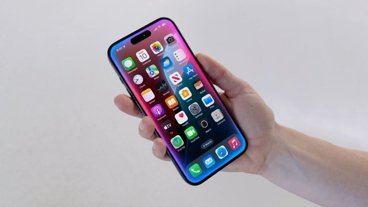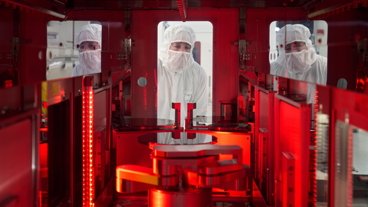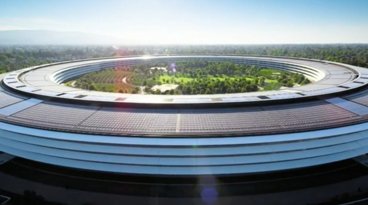At Tuesday's NASDAQ opening, Apple's stock price has recovered all of the losses it suffered since the company announced it would miss its guidance over coronavirus issues in February.
Apple issued a statement on on February 17 warning that it anticipated missing its guidance for the next quarter, citing the ongoing outbreak the COVID-19 coronavirus. Shortly after the announcement was made, the share price tumbled a short distance, from $324 at the end of the trading day to just above $315 near the start of trading the following day.
A deeper impact was felt for the next month, dropping the stock to a low of $229.24. The stock resumed a generally upward trajectory in late March. Though it was slow to return to the trillion-dollar level, it managed to do so in April.
The rebound of the share price is one indicator in the market's faith in Apple's revenue, despite the ongoing epidemic. Shortly after the guidance changes, analysts offered their takes on the earnings miss announcement, with the general theme being the suggestion it was a short-term problem with no long-term concerns for the company.
The immediate drop of 2.5% of the share value was considerably less than felt after a similar announcement of missed earnings in early 2019. In that notice, which related to lower than anticipated revenue, the drop was a far larger 8.6% at the start of trading, and even went down further after markets opened for the day. However, the magnitude of that drop as compared to the coronavirus hit when all was said and done was much less.
In the time since the guidance correction, Apple has opened up multiple retail stores in China, and across the world that it had closed in February as a preventative measure. Stores are serving customers with limited business hours, temperature checks performed on visitors, and maximum occupancy limits.
Retail is only part of the equation, as the coronavirus caused temporary issues for Apple's manufacturing, due to the vast majority of its supply chain existing in China and surrounding areas.
Reports from February suggested suppliers in the iPhone chain were operating at between 30% and 50% of capacity, in part due to temporary factory closures and the quarantining of staff, though there were assurances from major assembly partner Foxconn that the virus wouldn't majorly impact current production plans.
A few months later, Apple is slowly opening its retail outlets to customers in other countries, while CEO Tim Cook told analysts during the Q2 financial results production resumed back at typical levels by the end of March. Cook also expressed confidence in the iPhone maker's ability to bounce back from the pandemic, due to its continuing investment in its future.
In the Q2 2020 results, Apple revealed overall revenue was up 1% year-on-year at $58.3 billion, though this is below its original forecast range of $63 billion to $67 billion. While iPhone, iPad, and Mac revenue were all down from one year ago, the "Wearables, Home, and Accessories" category rose by $1.2 billion to $6.3 billion, and Services continued its highly-reliable growth trend to $13.4 billion.
 Malcolm Owen
Malcolm Owen







-m.jpg)






 Marko Zivkovic
Marko Zivkovic
 Mike Wuerthele
Mike Wuerthele
 Christine McKee
Christine McKee
 Amber Neely
Amber Neely
 Sponsored Content
Sponsored Content
 Wesley Hilliard
Wesley Hilliard

 William Gallagher
William Gallagher









15 Comments
Why do people continue to invest in a dying company that has been circling the drain for over 40 years now? Apple is the next J.C. Penney don’t you know. /S
Apple's stock price recovery to near all-time highs (which it appears poised to exceed very soon) is one of the craziest Wall Street stories that I've seen. Apple is, first and foremost, a consumer products company. As of today, the world economy remains in ruins with no clear path forward, while US unemployment rates are expected to continue rising to Great Depression level in the immediate months ahead with federal "bonus" unemployment money set to expire in July. Not exactly a great forecast for consumer spending. And the COVID outlook is unchanged from the beginning: it remains a highly contagious disease with no treatment, no cure and no vaccine, and the only "effective" weapon to flatten the curve thus far has been lockdown. So if Apple is worth more than ever during worldwide economic ruin, it was either wildly undervalued before or wildly overvalued now.
Why chose that picture?
Even in the worst recessions most people still have their jobs. And those most people deserve, or even need, new devices - especially if they will be working remotely more often.
Personally am planning on buying plenty of Apple hardware this year, currently waiting to see what (if any) hardware gets announced around WWDC so I can potentially buy multiple items on a single invoice.